Major operator consolidation is a long time coming
Monday, 12 September 2022 12:12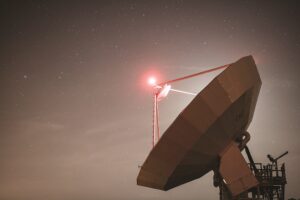
Mergers between even small operators have been few and far between in an industry where nationalistic protectionism and unique regulations often inhibit deal-making.
The post Major operator consolidation is a long time coming appeared first on SpaceNews.
Riding the consolidation wave
Monday, 12 September 2022 12:08
A surge of mergers between major satellite operators is rippling through the broader commercial space industry, promising more change in what are already transformational times for the market.
The post Riding the consolidation wave appeared first on SpaceNews.
Ariane 6: Launchpad testing
Monday, 12 September 2022 11:00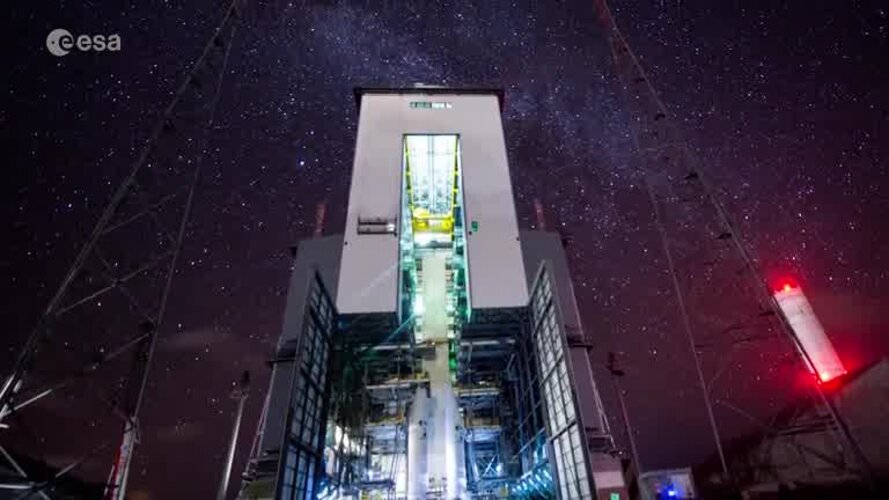 Video:
00:03:57
Video:
00:03:57
It has been an exciting and busy summer for the European Space Agency, with development and testing of its new Ariane 6 launcher. At Europe’s spaceport in, French Guiana, a test model of the launcher’s central core was assembled for the first time. Ariane 6 is the first Ariane rocket to be assembled horizontally, which is simpler and less costly than more traditional vertical assembly. Then, the rocket was moved to its launchpad and placed upright in the massive mobile gantry for combined tests, to validate the compatibility between all components of the complete launch system. Soon
Alex on the rocks
Monday, 12 September 2022 10:47 Image:
Image:
ESA astronaut Alexander Gerst and NASA astronaut Stephanie Wilson are getting world-class geology training this week during the fifth edition of ESA’s Pangaea course.
A balanced mix of theory and field trips, the course will take the pair all over Europe to hone their geology skills. The training began last week in the Italian Dolomites with lessons on fundamental geology knowledge and skills, martian geology and asteroids at Bletterbach Canyon.
The rock samples from the canyon Alexander is holding in this image are a combination of gypsum (white hue) in siltstone-sandstone (reddish hue), and are analogous to rocks found on Mars.
Surging demand for satellite data services, Euroconsult forecast
Monday, 12 September 2022 09:58
At a time of dramatic change in the satellite communications market, Euroconsult expects companies to expand revenues by introducing new services, attracting additional customers for existing services and cutting costs.
The post Surging demand for satellite data services, Euroconsult forecast appeared first on SpaceNews.
White House requests proposals for regulating novel commercial space activities
Monday, 12 September 2022 09:40
The White House will ask federal agencies for their proposals for how to authorize and supervise emerging commercial space capabilities that don’t fit into current regulatory regimes.
The post White House requests proposals for regulating novel commercial space activities appeared first on SpaceNews.
Foust Forward | Manufacturing a low Earth orbit economy
Monday, 12 September 2022 09:30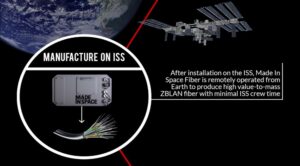
ZBLAN fiber is just the latest in a long line of products that had been touted as demonstrating the potential of space manufacturing, taking advantage of microgravity and vacuum conditions to create items that cannot be made as well, or at all, on Earth.
Solar Orbiter solves magnetic switchback mystery
Monday, 12 September 2022 07:00
With data from its closest pass of the Sun yet, the ESA/NASA Solar Orbiter spacecraft has found compelling clues as to the origin of magnetic switchbacks, and points towards how their physical formation mechanism might help accelerate the solar wind.
Solar switchback mystery solved
Monday, 12 September 2022 07:00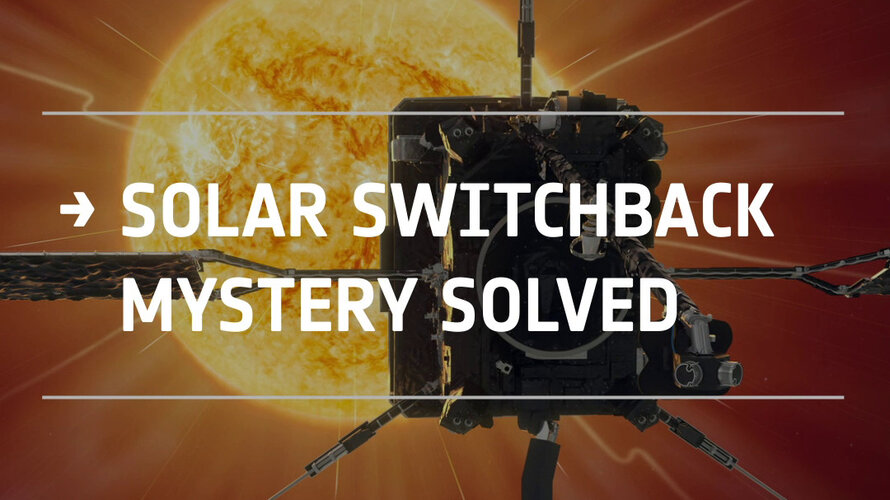 Video:
00:00:58
Video:
00:00:58
ESA’s Solar Orbiter has solved the mystery of a magnetic phenomenon in the solar wind. It has taken the first ever image of a ‘switchback’ in the solar corona, confirming its predicted ‘S’ shape. A switchback is defined by rapid flips in magnetic field direction. The observed switchback is linked to an active region associated with sunspots and magnetic activity where there is an interaction between open and closed magnetic field lines. The interaction releases energy and sends the S-shaped disturbance into space. The new data suggest that switchbacks could originate near the solar surface, and may
KT SAT orders Koreasat 6A communications satellite from Thales
Monday, 12 September 2022 05:58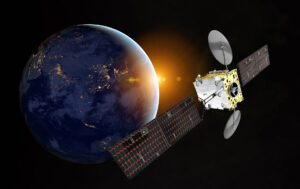
Thales Alenia Space said Sept. 17 it has signed a contract to deliver a communications satellite for South Korea’s KT SAT in the fourth quarter of 2024.
The post KT SAT orders Koreasat 6A communications satellite from Thales appeared first on SpaceNews.
Court approves sale of Masten assets to Astrobotic
Monday, 12 September 2022 02:54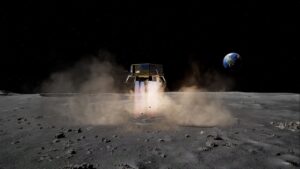
A federal bankruptcy court approved the sale of nearly all the assets of Masten Space Systems, a company developing a lunar lander for a NASA mission, to another lander developer, Astrobotic.
The post Court approves sale of Masten assets to Astrobotic appeared first on SpaceNews.
Interview with Luigi Pasquali, CEO of Telespazio
Sunday, 11 September 2022 23:04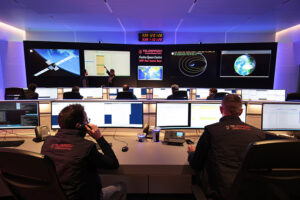
Interview with Luigi Pasquali, CEO of Telespazio
The post Interview with Luigi Pasquali, CEO of Telespazio appeared first on SpaceNews.
Could more of Earth's surface host life?
Sunday, 11 September 2022 11:20 Of all known planets, Earth is as friendly to life as any planet could possibly be - or is it? If Jupiter's orbit changes, a new study shows Earth could be more hospitable than it is today.
When a planet has a perfectly circular orbit around its star, the distance between the star and the planet never changes. Most planets, however, have "eccentric" orbits around their stars, meaning the o
Of all known planets, Earth is as friendly to life as any planet could possibly be - or is it? If Jupiter's orbit changes, a new study shows Earth could be more hospitable than it is today.
When a planet has a perfectly circular orbit around its star, the distance between the star and the planet never changes. Most planets, however, have "eccentric" orbits around their stars, meaning the o Chinese Gaofen satellites deployed for quake-hit Sichuan
Sunday, 11 September 2022 11:20 China has applied its Gaofen series satellites to help with relief work following a 6.8-magnitude earthquake in southwest China's Sichuan Province, according to the website of state broadcaster China Central Television (CCTV).
More than 10 satellites were deployed to capture images of the quake-hit areas 10 minutes after the earthquake jolted Sichuan's Luding County at 12:52 p.m. Monday, i
China has applied its Gaofen series satellites to help with relief work following a 6.8-magnitude earthquake in southwest China's Sichuan Province, according to the website of state broadcaster China Central Television (CCTV).
More than 10 satellites were deployed to capture images of the quake-hit areas 10 minutes after the earthquake jolted Sichuan's Luding County at 12:52 p.m. Monday, i Circalunar clocks: Using the right light
Sunday, 11 September 2022 11:20 How animals are able to interpret natural light sources to adjust their physiology and behaviour is poorly understood. The labs of Kristin Tessmar-Raible (Max Perutz Labs Vienna, Alfred Wegener Institut, University of Oldenburg) and Eva Wolf (Johannes Gutenberg University and Institute of Molecular Biology Mainz) have now revealed that a molecule called L-cryptochrome (L-Cry) has the biochemical
How animals are able to interpret natural light sources to adjust their physiology and behaviour is poorly understood. The labs of Kristin Tessmar-Raible (Max Perutz Labs Vienna, Alfred Wegener Institut, University of Oldenburg) and Eva Wolf (Johannes Gutenberg University and Institute of Molecular Biology Mainz) have now revealed that a molecule called L-cryptochrome (L-Cry) has the biochemical 